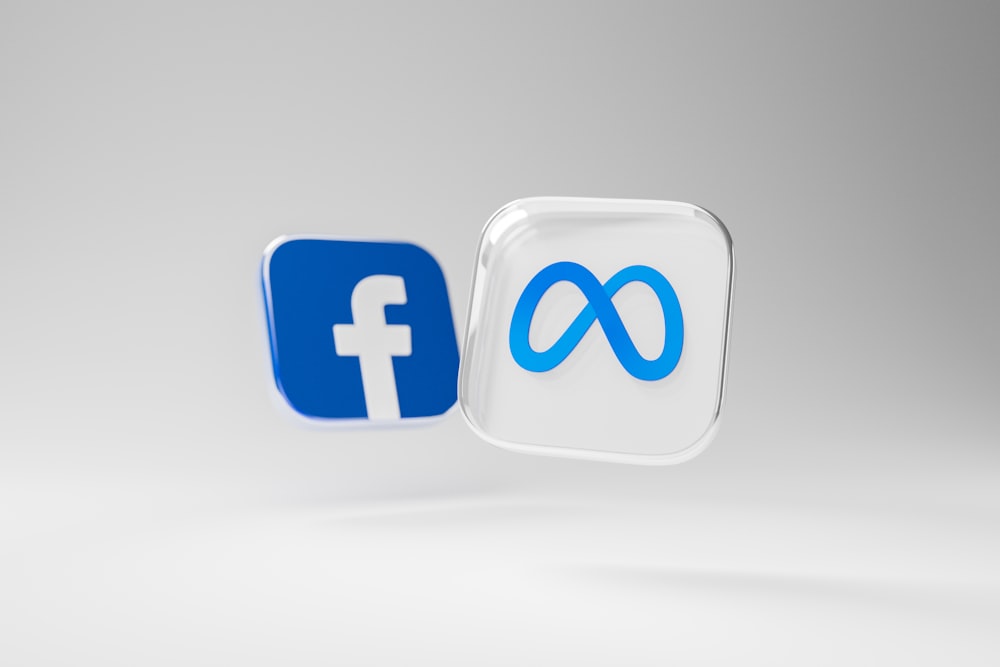Meta Adds AI Voice Translation To Reels And Everyone’s Suddenly Fluent
Image Source: Pixabay
Meta (META) rolled out AI voice translation for Reels on Instagram and Facebook. The tool dubs spoken audio between English and Spanish, preserves the creator’s voice, and can optionally lip-sync to match mouth movements. Translated reels are labeled and surfaced in a viewer’s preferred language. The feature is rolling out globally where Meta AI is available.
Creators enable the feature by toggling “Translate voices with Meta AI” before publishing, with a preview option to review the dub and lip-sync. At launch, it’s available to Facebook creators with 1,000 or more followers and to all public Instagram accounts. Meta also added a “views by language” metric in Insights, which turns translation into a measurable distribution test. You can publish a Spanish dub of a top-performing reel and evaluate incremental reach, watch time, completion rate, and follower growth by language.
There are some practical notes worth considering. The model supports up to two speakers. It performs best when speakers face the camera, background noise is minimal, and dialogue is not overlapping. Viewers can disable translated reels for specific languages. For brands and creators, this lowers localization cost and shortens testing cycles.
Cross-border production is now a menu choice. This is a big deal. Roughly 1.5 billion people (less than 20 percent of the global population) speak English as a first or second language, yet English still accounts for close to half of the world’s web content, according to W3Techs and the Internet Society. That imbalance means Meta is giving marketers a way to expand audiences with almost no added investment. TikTok and YouTube will not be far behind.
There are risks to be managed. Misinterpretation and mistranslation need to be checked, especially in regulated categories. Meta applies an “AI translated” label, which should provide clarity but may affect engagement. Beyond reach and watch time, teams will need to monitor cultural resonance and brand safety. Automatic dubbing in multiple languages will require new workflows, labels, and disclaimers. The only sensible path is to test and learn.
The cost of “pretty good” translation just fell to zero. Exceptional translation will follow.
More By This Author:
ChatGPT’s Ad Dilemma: When 700 Million Users Aren’t EnoughOpenAI Releases Two Open-Weight Models
When AI Makes You Question Your Identity
Disclosure: This is not a sponsored post. I am the author of this article and it expresses my own opinions. I am not, nor is my company, receiving compensation for it.




